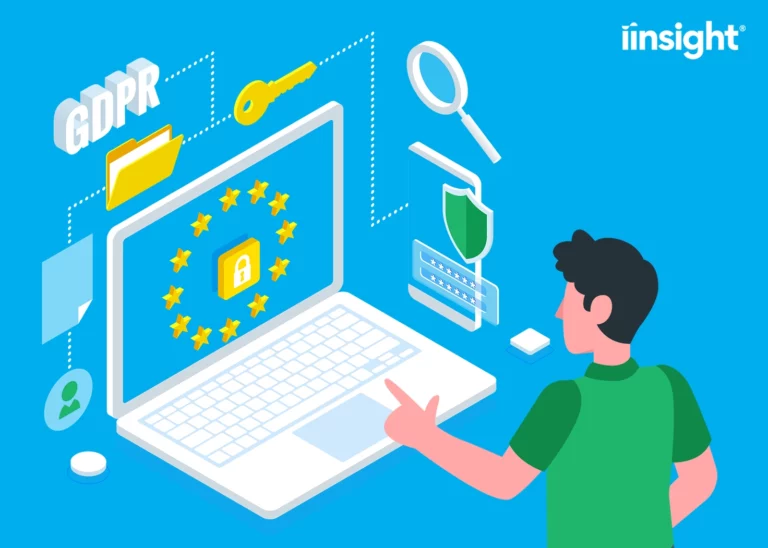Occupational Health and Safety is among the most critical fields your organisation shouldn’t ignore. It is concerned with the welfare, health, and safety of your employees in the workplace, and it extends to workers in the field. Without it, your organisation’s reputation could be at risk and you could face litigation and deal with costly premiums. The same thing could happen if you have no means to properly manage your OHS practices. Using an OHS management software can save you from all that trouble, as it comes with all the crucial tools for effective job management and keeping your team’s safety and well-being a top priority.
An OHS software is a powerful and reliable platform that lets you make risk assessments, which are backed by full safe work procedures, predefined compliance checklists, and JSAs. The most advanced software is cloud-based, which helps with automation and simplifies the management of OHS practices and ensure compliance from any web-enabled device. This means a more practical way to work, as it can be accessed anytime and anywhere. So, you should find it practical for maximising compliance and your productivity.
The OHS management software makes it easier to measure, oversee, review, and audit your occupational health and safety protocols and systems. Customise it to meet your organisation’s requirements, and turn it into your all-in-one platform for simplified case management. The software makes data entry effortless with drag-and-drop functionality, and the option to integrate with an accounting software to automate the syncing of invoices and payment information to individual records. Over time, you might find that it is helpful at minimising internal administration when it helps you track employee expenses and contractor costs.
Use the OHS software to keep your documents in order, improve the data entry process, and integrate your billing information with Medicare and WorkCover QLD/SA to simplify the claims process. The software has tools that can also make it easier for you to oversee incidents (i.e. injuries and illnesses), observe work conditions, and ensure compliance.












